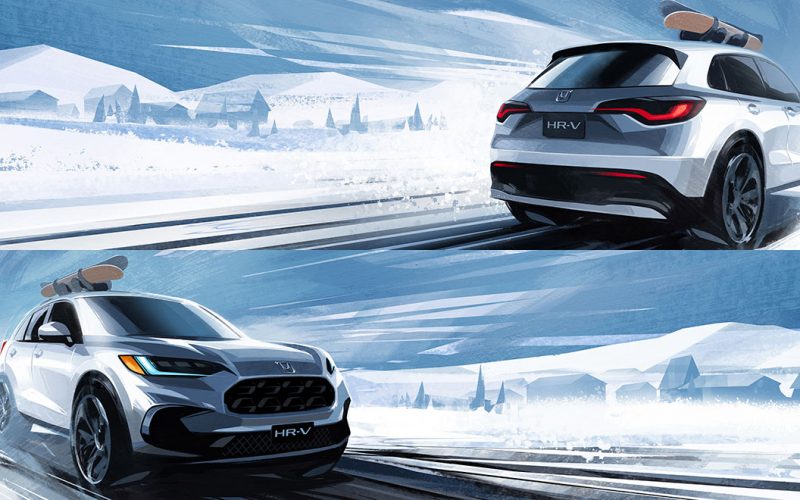
Reading Time: 8 minutesHonda is calling 2022 the “Year of the Crossover,” partially due to 2021 being the year
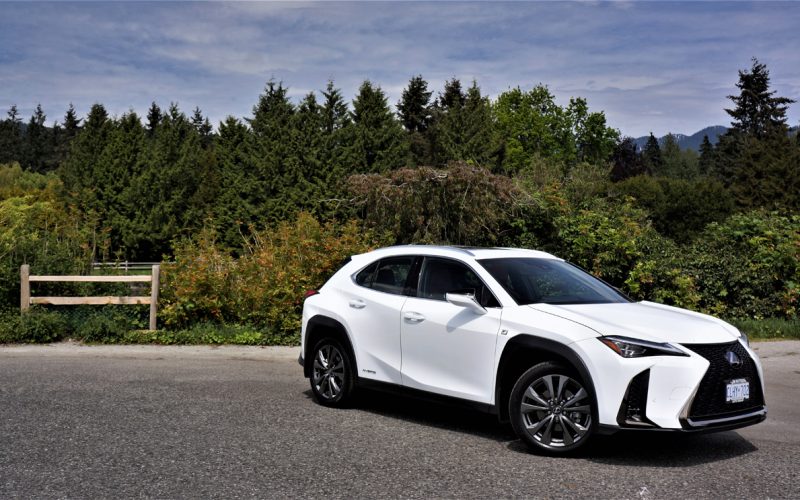
Reading Time: 14 minutesIn the automotive industry, especially the premium sector, there’s no set formula a brand can simply
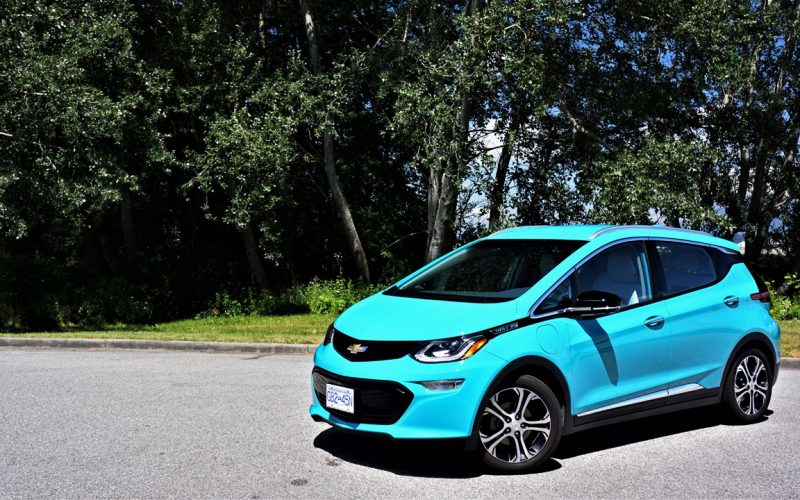
Reading Time: 11 minutesAs far as subcompact hatchbacks go, Chevy’s Bolt is la crème de la crème. Some time
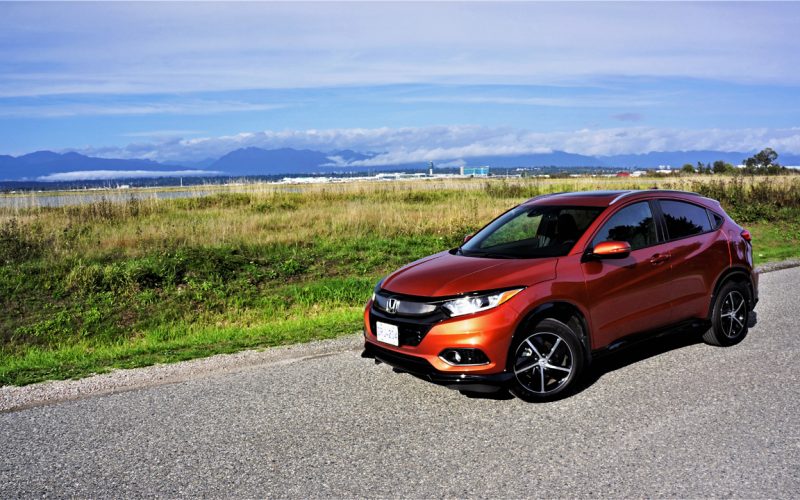
Reading Time: 10 minutesHonda has been a strong player in the subcompact crossover market for decades, although only chose
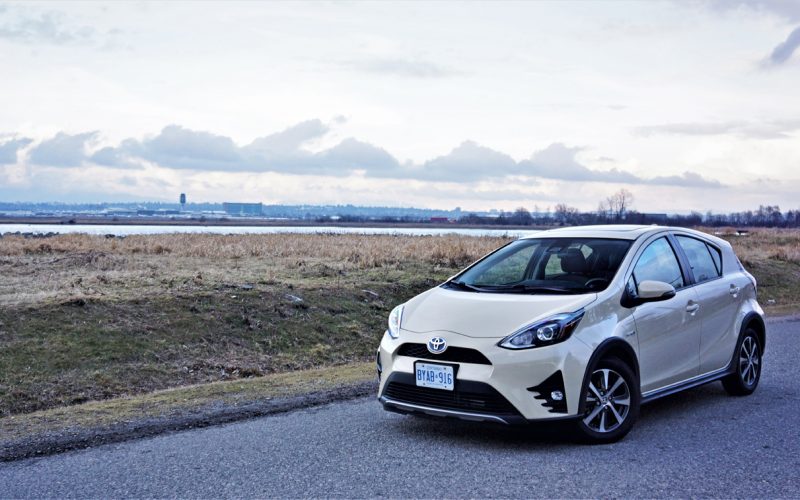
Reading Time: 8 minutesIn case you hadn’t heard, the Prius C was discontinued as 2019 came to a close,
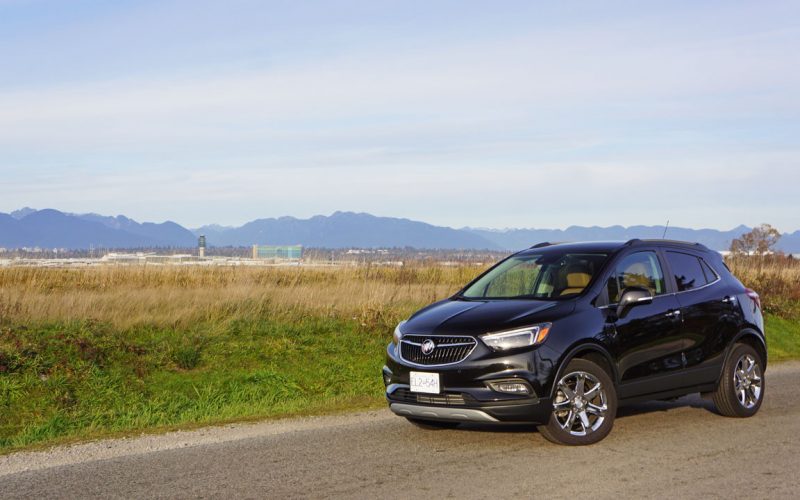
Reading Time: 12 minutesBuick might be the world’s most global brand. Yes, Buick, General Motors’ problem child that only
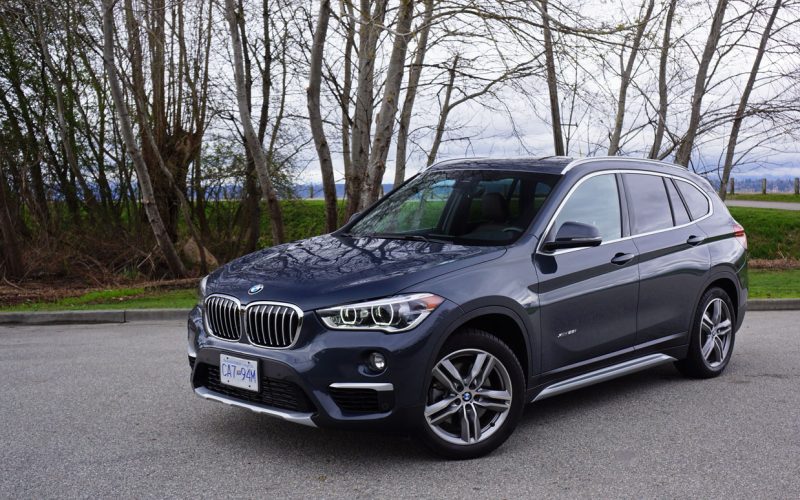
Reading Time: 11 minutesBMW’s X1 was the very first subcompact luxury crossover SUV ever produced, having arrived on the
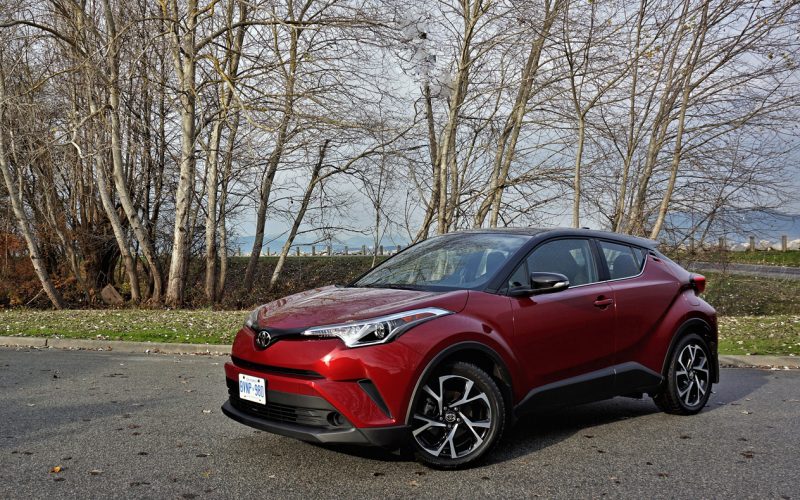
Reading Time: 10 minutesBack in January of 2014 at the North American International Auto Show in Detroit while introducing
© 2025 The Car Magazine. All Rights Reserved, Privacy Policy | Terms of Use